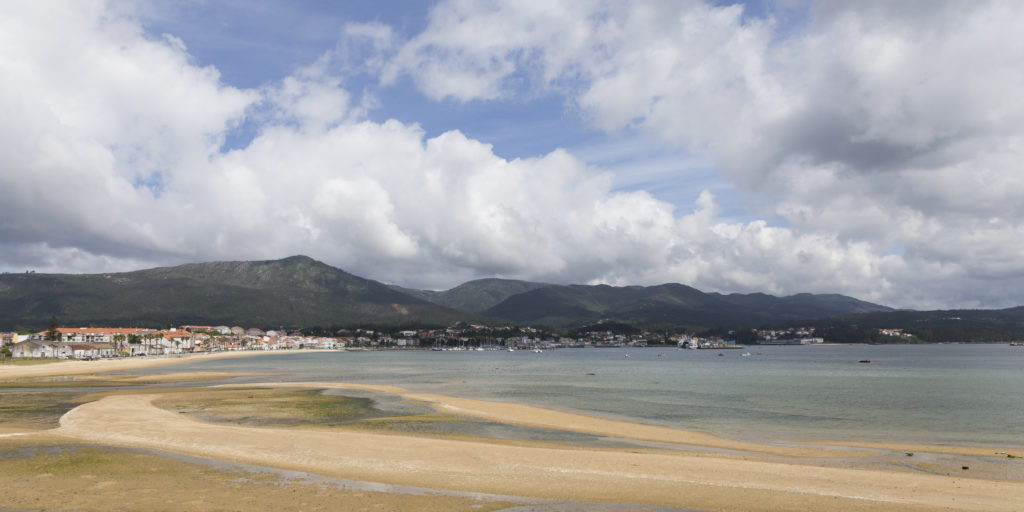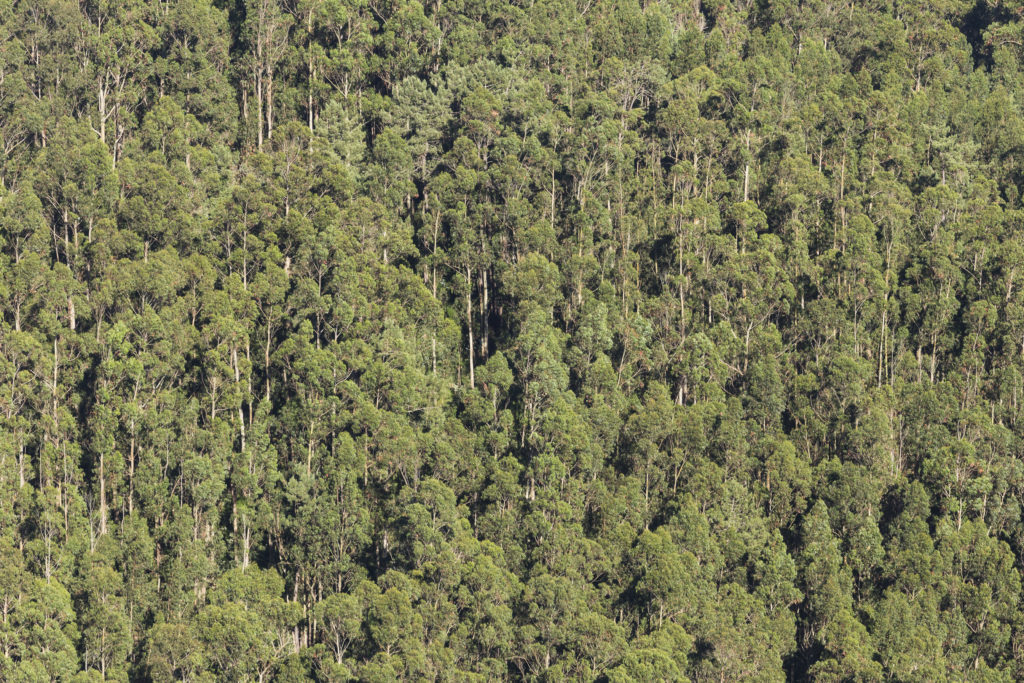
Juan Pan Montojo: Can the past generate new visions of a more sustainable future?
The Barbanza Ecosocial Lab looks to the past and seeks to imagine a sustainable future based on a biocultural heritage that still underpins the communities that inhabit the territory. The aim is not to return to a pristine past, but to recover and enhance what has been learned, which in many cases has been denigrated for the sake of development. Because of these concerns we opened an investigation with the communities themselves and also launched a series of reflections with guest professors with whom we intend to continue building these invitations to dialogue.
On this occasion we do so with Juan Pan Montojo, Full Professor at the Universidad Autónoma of Madrid and specialist in economic policies (especially agricultural and fiscal), state institutions, corporate organizations, networks and socioeconomic interest groups and the history of engineering.
The question that guides the answer is: Can the past generate new visions for a more sustainable future? Here we reproduce the text, which is not so much a research article, but an argument on which to continue the debate:
Can the past generate new visions of a more sustainable future?
Juan Pan Montojo – Full Professor of Contemporary History at the Universidad Autónoma de Madrid
In recent decades, the various disciplines linked to the rural world have gradually overcome the contempt for local knowledge that began to be forged in the eyes of the amateur agronomists and agrarian authors of the Enlightenment and reached its highest expression in the course of the so-called green revolution outside Europe and America. If 19th century agronomists still paid some attention to seeds, varieties, breeds of large and small livestock, tools, labours, pruning systems and other elements of local production processes, in the 20th century, and especially in its second half, the combined pressure of public technology and agro-industry ended up defending and imposing technological packages that aimed to standardize plants, animals, production processes and final products, and that, simultaneously, forced the commercialization of production inputs, including in a prominent way energy resources. This destroyed local knowledge that reflected a long tradition of building agro-ecosystems and adapting to changing environmental conditions, as the history of climate has shown, and dynamic social scenarios, as historiography has revealed, overcoming the traditional-modern dichotomy. Before this point was reached, technologies designed for specialization of production overtook whole rural communities. Families could not keep certain activities within their scope, such as produce transformation or production of textiles, footwear, tools, beads…
Schumacher’s claim of “small is beautiful” in 1975 came too late and had little echo. It arrived during the economic crisis that undermined the foundations of the ford manufacturing system and its mass production. However, above all, it brought a new organization of companies, the external redesign of products and the acceleration of their obsolescence, along with a greater delocalization of crucial phases of the production chain.
The forms of production of the communities of the past, the relations between people and material objects, the institutions of management of common or collective spaces and resources and of resolution of inter-family and inter-personal conflicts that acted before the extension of public agencies, the range and variety of productive solutions existing before the extension of the green revolution and the destruction of domestic or community industry offer us many elements for a sustainable economy. It is not a matter of copying the solutions of the past and returning to an “idealized” past, to non-existent rural arcadias: it would not be socially, culturally and politically viable and would not, in many ways (including in terms of the relationships between status and class groups, genders and age groups that socially founded that world), be desirable. It is a question of knowing the lost ways of producing and consuming locally in order to take advantage of an immense flow of productive solutions adapted to the environment, of dimensions more manageable in their entirety by small groups (and in that sense more satisfactory for the producers, as Toyotism showed decades ago in its rethinking of the assembly line), with much more acceptable energy costs and with more limited generation of waste and residues, through systematic recycling and above all reuse – the great unresolved issue in our country – such as that which took place in a world of scarcity such as that which existed until recently. Re-reading these institutions and these ways of producing food and manufacturing in the light of our technological knowledge and our collective needs can be the starting point, in fact, is already the starting point, of a new agriculture and a new industry.
It is not a matter of copying the solutions of the past and returning to an “idealized” past, to non-existent rural arcadias: it would not be socially, culturally and politically viable and would not, in many ways (including in terms of the relationships between status and class groups, genders and age groups that socially founded that world), be desirable.
Local knowledge was often oral, passed on from generation to generation through the work of children alongside adults and modified through processes of individual and collective innovation, passed on by word of mouth on paths, meetings for collective work, church atriums, washing places, mills, taverns, markets, pilgrimages and festivals. A large part of this knowledge is perhaps unrecoverable, but we have more written and material traces than is usually thought. And there are still many people alive who can remember lost practices. The work is immense, although it does not start from scratch, since, in recent years, local scholars, amateur or professional ethnographers, tourist and municipal museum initiatives and many other initiatives have come to complete more academic work or pre-existing literary approaches.
Local knowledge was often oral, passed on from generation to generation through the work of children alongside adults and modified through processes of individual and collective innovation, passed on by word of mouth on paths, meetings for collective work, church atriums, washing places, mills, taverns, markets, pilgrimages and festivals.
Collaboration between local “professionals”, “teachers”, “experts” and “sages”, together with volunteers can generate a great deal of knowledge in a relatively short time.
Related posts





